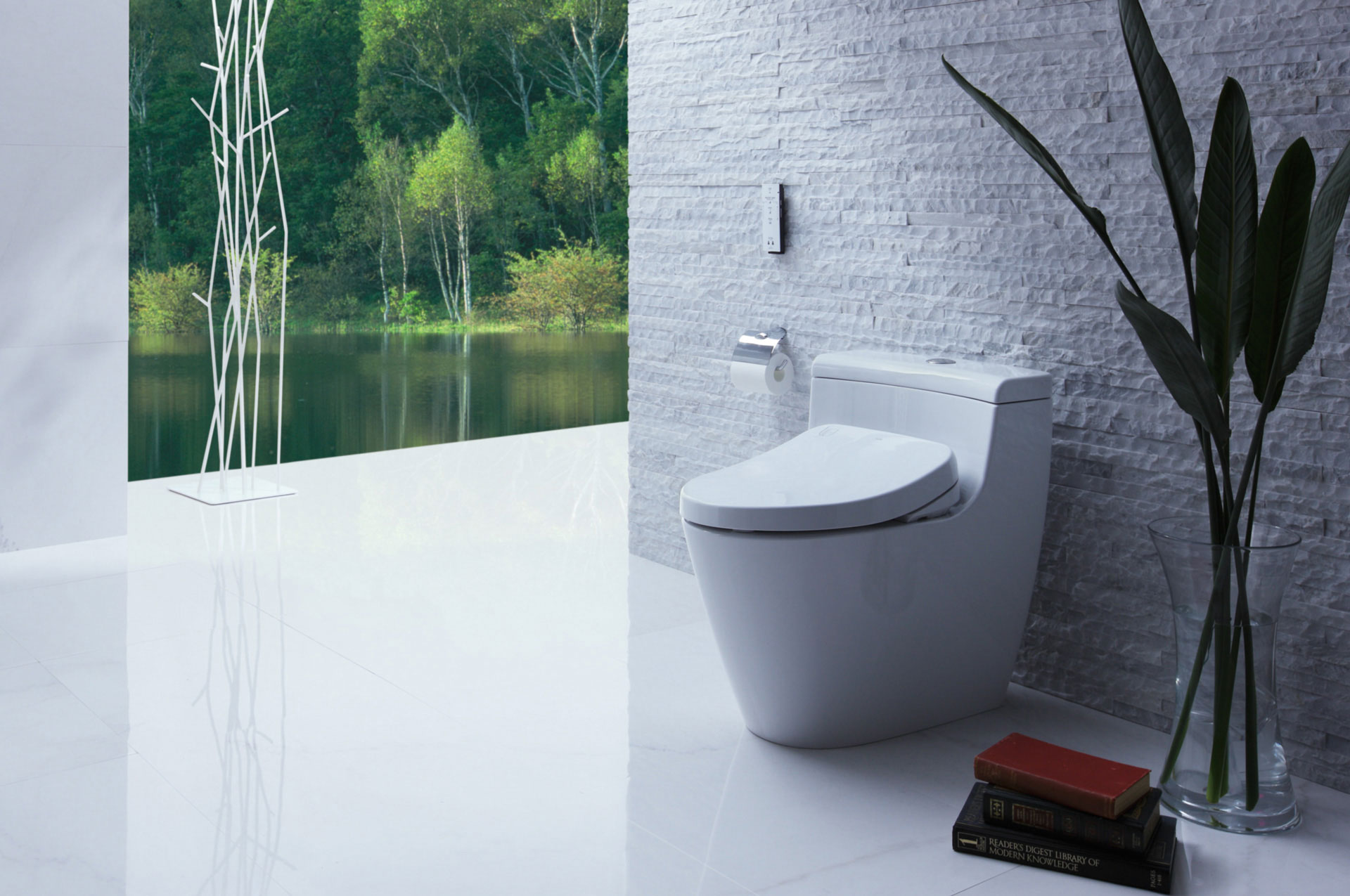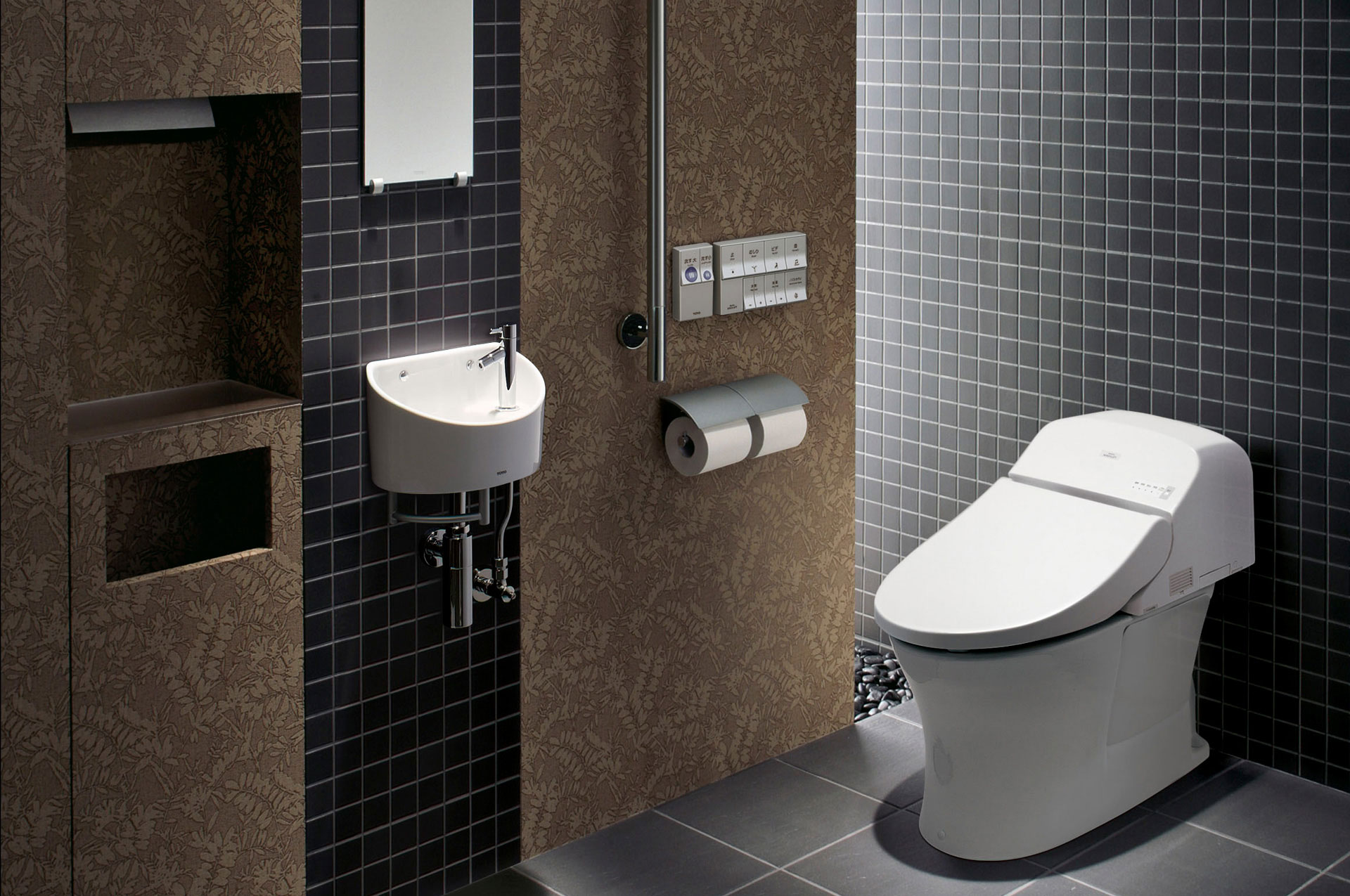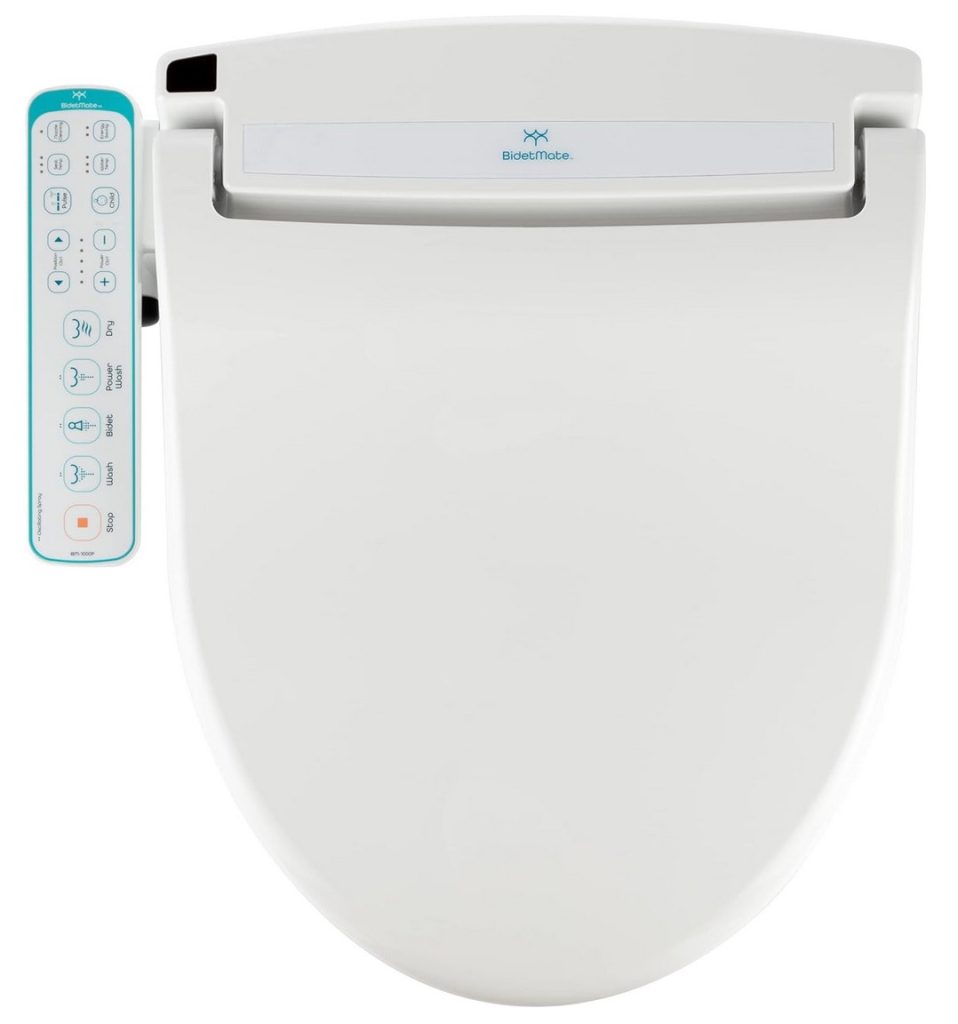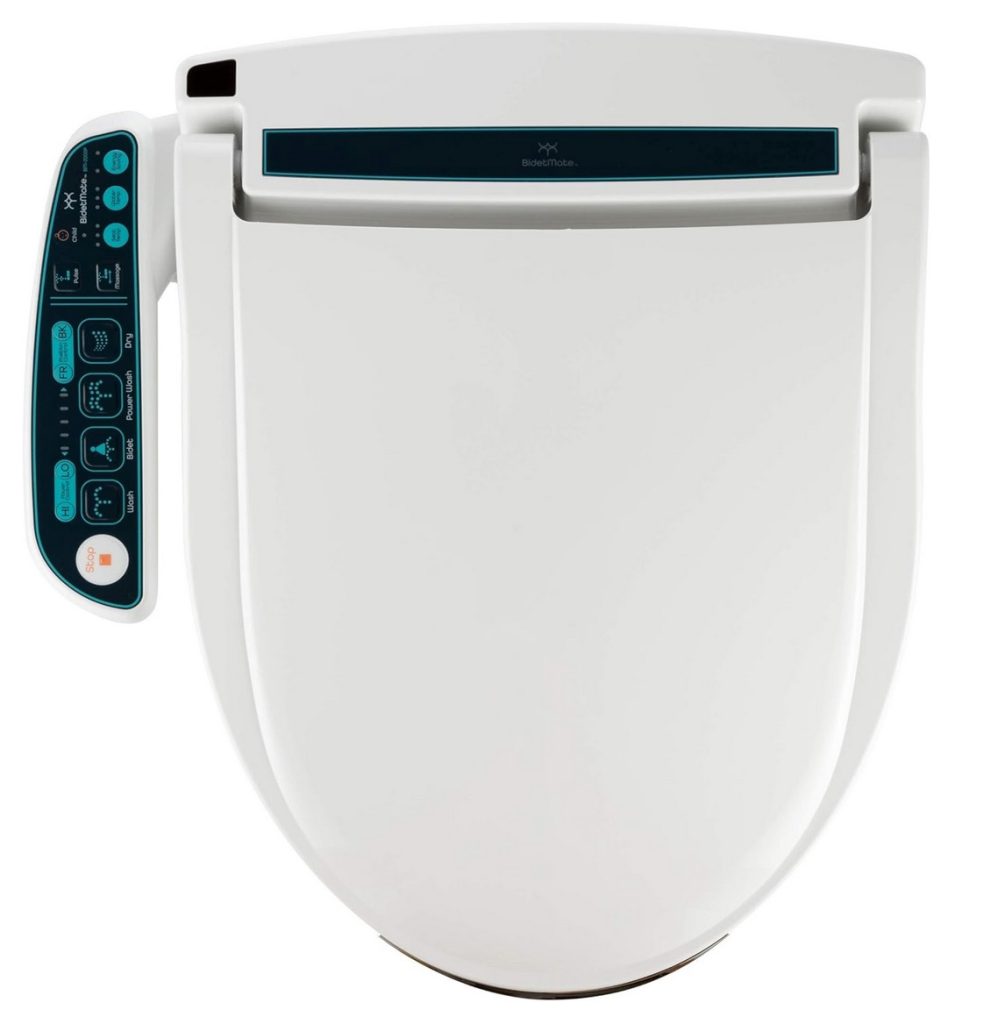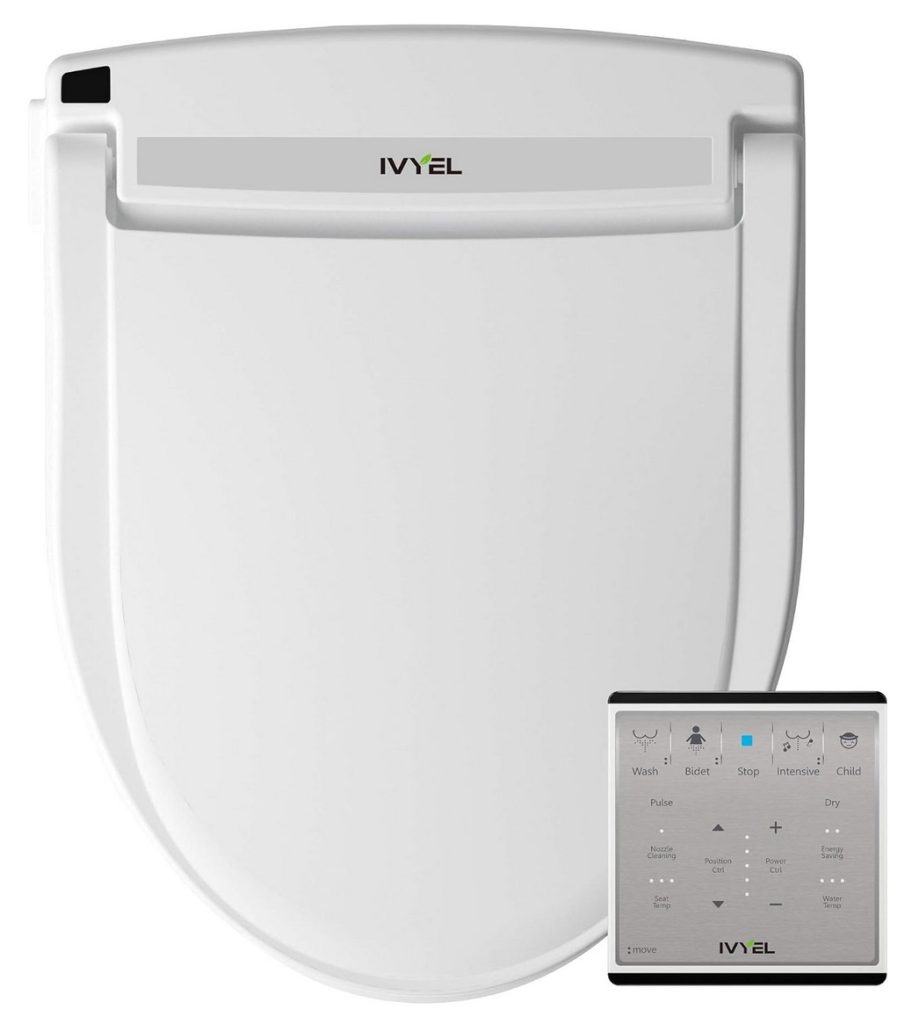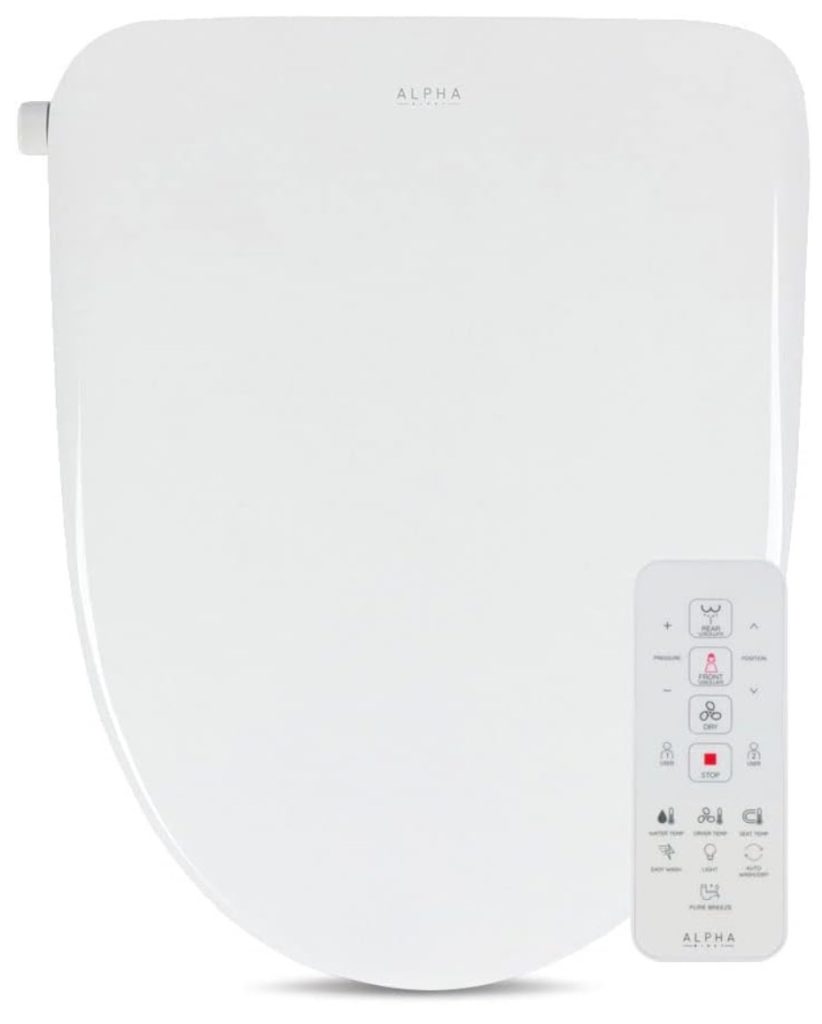The Japanese are well known for transforming existing technologies into state of the art products for mass consumerism. Japanese electronics, computer and automobile industries are stand-out success stories of innovation and excellence. Japanese styles remain faithful to their cultural heritage while introducing the western world to new ways of thinking about established products. Japanese toilets are an outstanding example of creativity that has gone on ‘behind the scenes’ and the western world is beginning to sit down and take notice.
Scroll down to the bottom of the page if are more interested on Japanese toilets for sale.
The History of Japanese Toilets
Japan has always been a nation of independent thinkers driven by pride in their country. For many centuries, while European nations were developing, expanding and conquering, Japan remained insulated and isolated from foreign influence. As late as the 1850s the only Europeans allowed to reside in Japan were a camp of less than two dozen Dutch traders who lived on a tiny island. The people remained attached to cultural norms of their unique feudal system overseen by powerful shoguns and daimyo lords, supported by the brave samurai warrior class.
In 1853, the United States Navy stormed into Tokyo Bay with a demand that Japan open its borders to allow foreign trade. The artistic, spiritual and cultural development known in Japan as ‘The Floating World’ came to an abrupt end, and by 1868 the emperor retook power and trade contacts with foreigners commenced. A new era of western style innovation and invention commenced, albeit with a typical Japanese twist.
The new era begins
Change came slowly at first. At the start of the 20th Century Japanese toilets were primarily the Asian squatting variety and there was no public sewerage system even in Tokyo, Japan’s largest city. However, by 1912, Kazuchika Okura had established a laboratory with the intention of developing sanitary ceramics on par with those produced in Europe and the United States. A decade later, in 1923, the Great Kanto Earthquake levelled Tokyo, killing more than 100,000 people and resulting in an entire rebuild of the city. The tragic event at least provided impetus for city planners to devise a modern sewage system, and western-style toilets started gaining favour in some sections of society.
Japan’s economic boom was sporadic at first, delayed by world wars and aggression amongst Asian neighbours, but post-war Japan soon became a manufacturing powerhouse. A huge construction boom in the 1970s followed, and it became common for developers to fit bathrooms with western-style conveniences. The company originally founded on the designs of Kazuchika Okura was renamed TOTO in 1970, and by 1977 sales of western-style sanitary latrines surpassed that of traditional squat toilets.
The TOTO Washlet powerhouse
In 1980, the built-in bidet ‘bottom washing’ function was introduced to TOTO toilet systems, with the Washlet series becoming so popular that ‘washlet’ is now the common term for Japanese toilets. Since then, new features and superior technology have been introduced, including the self-cleaning ‘Hydrotect’ feature. TOTO has grown to become the world’s largest manufacturer of toilets, and by 2011 had sold 30 million washlets worldwide.
The astoundingly advanced features of washlet toilets display classic Japanese ingenuity. However, take-up of the technology in western countries has been slow, partly due to the cultural divide and also due to our own reluctance toward change that to some seems unnecessary. After all, when toilet paper and a good flush is sufficient, why make toilet matters more complicated. On the other hand, the Japanese approach to cleanliness and efficiency is something to admire, and possibly even emulate.
Amazon started selling Japanese toilets seats in Australia and you can find brands like BidetMate, Inus and some less known brands too. Check the current selection here.
Features of Japanese toilets
Electronic toilets are found in around three quarters of all Japanese households. These systems are astoundingly advanced, and something a novice might find extremely bewildering. But nothing ventured, nothing gained, and for those who take the opportunity to sit down and experience the full array of functions there will be no looking back. They are designed for improved cleanliness, enhanced comfort, and privacy. Here are some common features of Japanese washlet toilets.
Posterior wash
A cleaning wand nozzle located under the toilet seat sprays water at your bottom. When used prior to wiping with paper the posterior wash delivers a superior level of cleanliness.
Front wash
Also known as a bidet, this is a ladies function feature found on every Japanese electronic toilet.
Soapy spray
Some Japanese toilet models allow liquid soap to dispense along with the cleaning spray for the first stage of the cleanse.
Massage cleaning spray
Another feature that enables a pulsating spray setting, known as ‘massage cleaning’.
Nozzle sterilisation
The cleaning nozzle is retracted and only appears during the spraying phase. It is contained in a protected compartment, safe from any splashing, and most Japanese toilets are equipped with an automatic nozzle cleaning and sterilising feature.
Water temperature adjustment
Nozzle spray water is heated in real-time on high end models, or by heated tank water attached to the system. The water temperature is adjustable.
Adjustable water pressure
The posterior wash is more powerful than the front wash (for ladies), and both have individual pressure control settings.
Air deodoriser
Japanese electronic toilets usually deodorise by default, and some models have a ‘power deodorise’ feature for additional spray.
Noisemaker
Loud trumpeting toilet sounds are considered embarrassing to Japanese people (and cultured westerners) and some toilet models are fitted with a noisemaker to drown out other sounds in the toilet. A variety of sounds such as music or forest birdsong can be triggered by the push of a button or by sitting on the seat.
Heated toilet seat
For those of us living in colder climates the attraction of a heated toilet seat is an inviting proposition and a welcome addition to the bathroom ritual.
Automated lid and seat
Some electronic Japanese toilet seats include sensors that detect when you leave the seat. The lid or seat will then automatically return to the down position. This simple feat that men of the world have failed to master of their own accord, much to the chagrin of women, is now automatically achieved.
Toilet seat timer
This feature enables the user to set the toilet seat to be warm when required. It is commonly set to be warm in the morning, and cold while the householder is away during the day.
Self washing bowl
No more scrubbing brushes and gloves as the toilet cleans itself at the push of a button.
Turbo wash
Everyone has different personal cleansing requirements and the turbo wash feature provides a high powered nozzle spray for extra reach into that hard to clean area.
Remote control
This bewildering control panel is a major reason why westerners are reluctant to embrace Japanese toilet systems. Whether wall mounted or hand-held, the remote control system has heaps of configuration preference settings. The battle between sexes in the west regarding the toilet seat being left up or down is replaced in Japan by a battle for the remote to ensure the toilet seat isn’t too hot or cold.
Warm air dryer
This device saves on toilet paper by acting as a warm air dryer for your behind.
Air conditioning
OK, it’s true the Japanese do take inventiveness to extremes, and this feature seems a tad unnecessary, directing cool air toward your bottom on hot and humid days.
Experimental medical developments
Japanese scientists and toilet manufacturers are developing toilets that can run medical test examinations while you do your business. They are programmed to deliver results that can help individuals and doctors to determine health status.
Electronic toilets are no longer a novelty item peculiar only to Japan. Manufacturers are expanding their horizons and the western world is beginning to sit up and take notice. As word spreads, many people are predicting that Japanese electronic toilets will soon become the norm, and households without them will fall behind in the race for the best behind.
